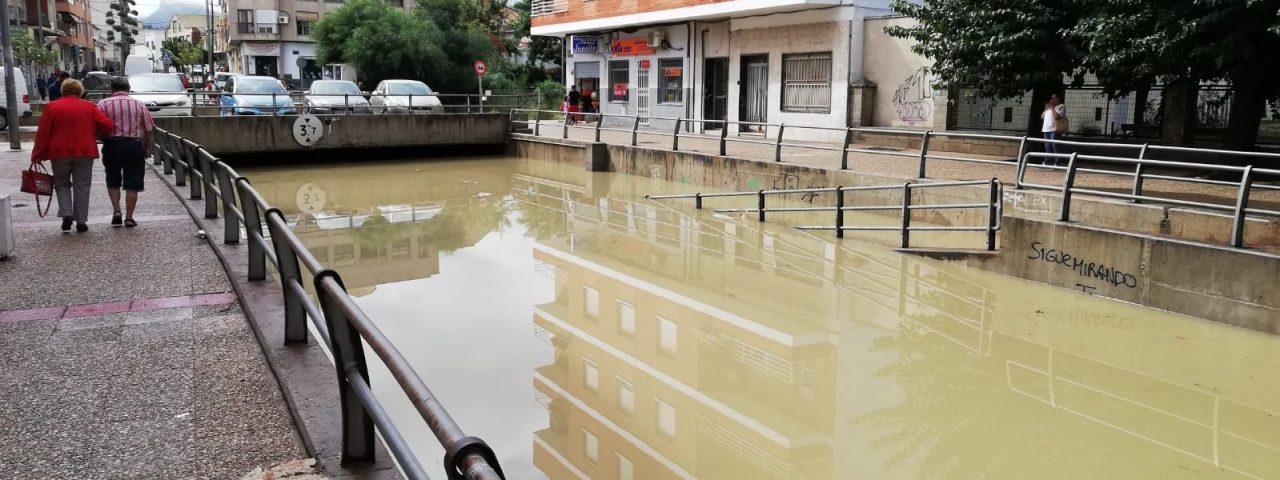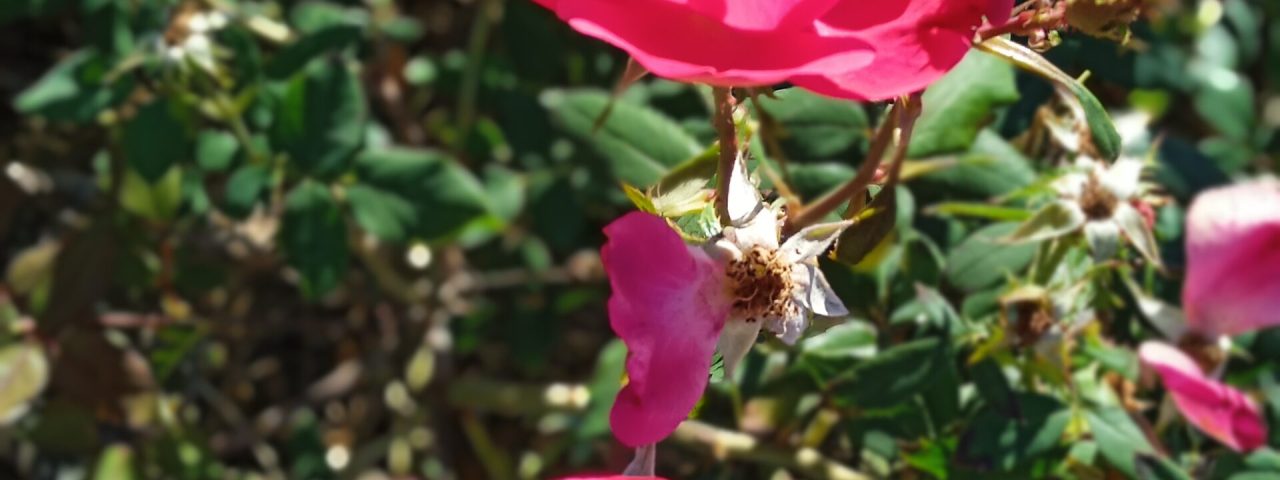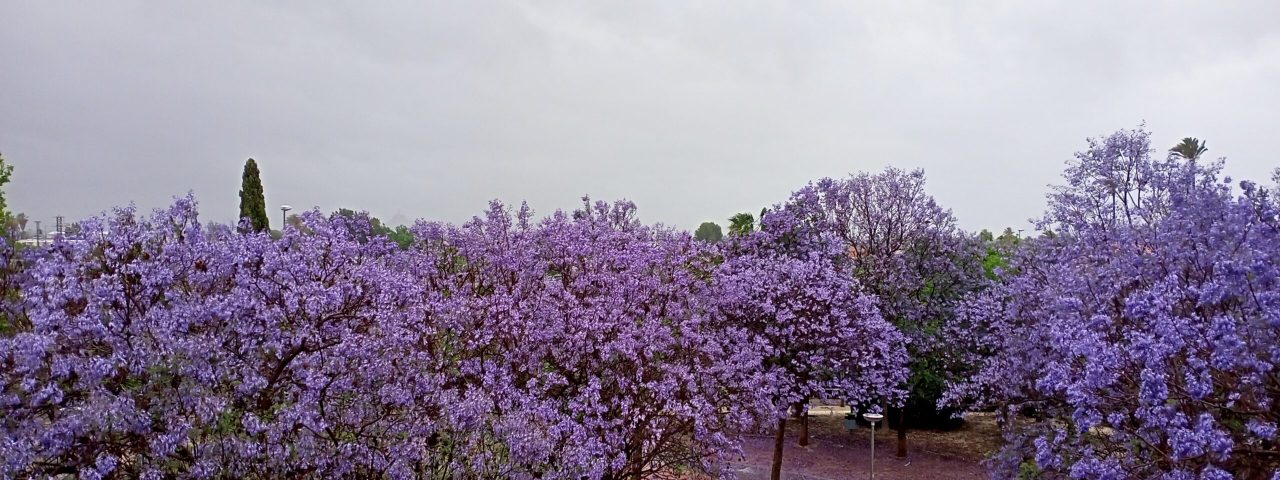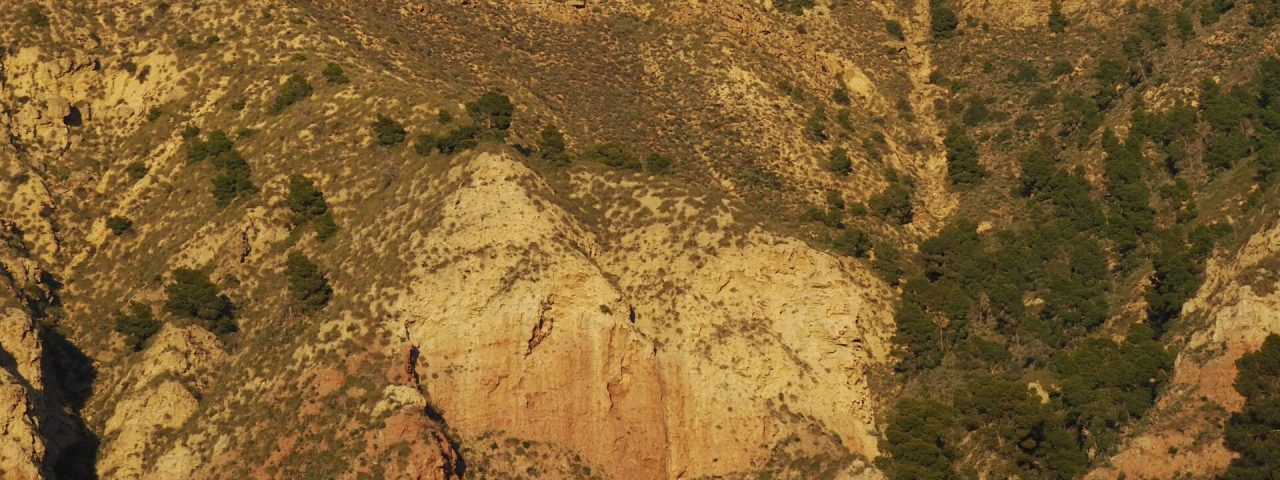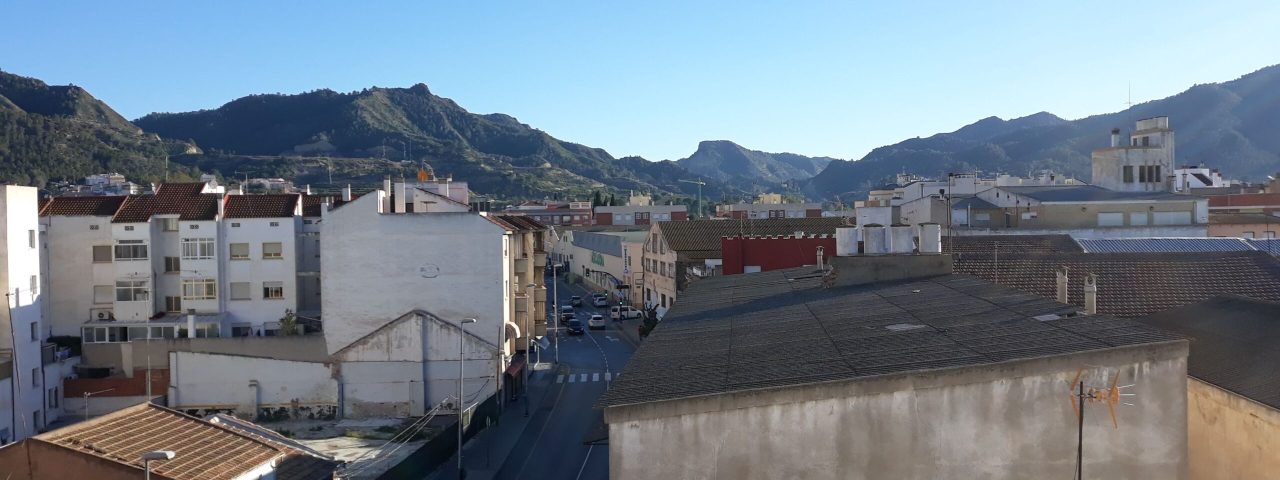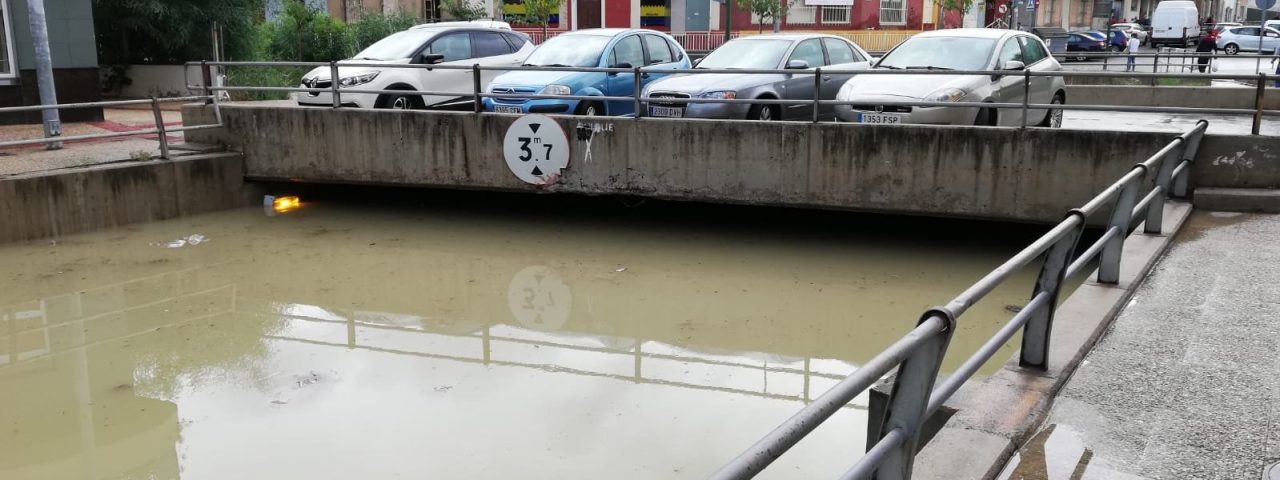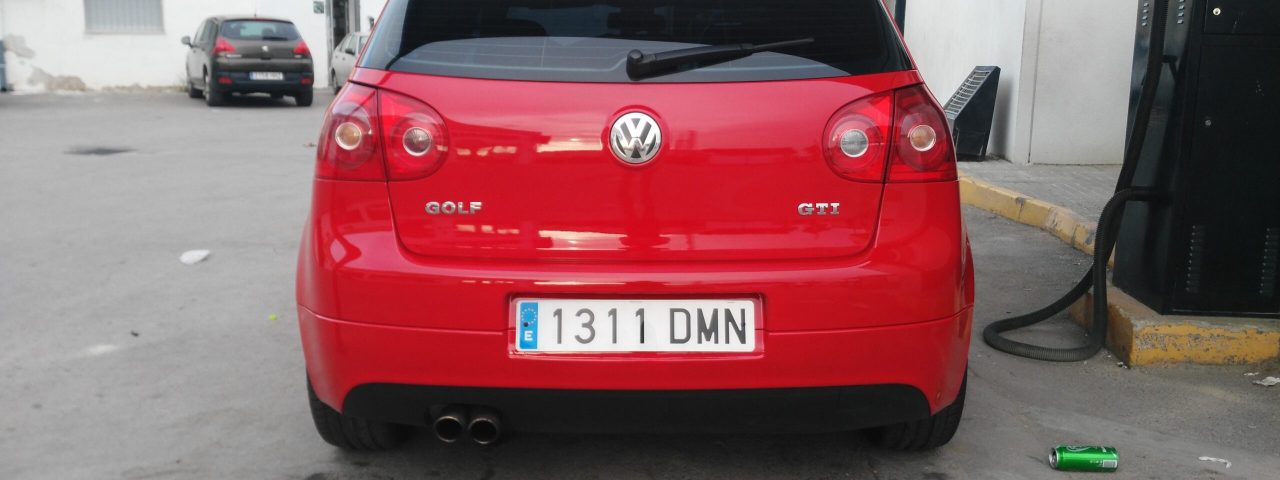The history of Beniaján is deeply rooted in the broader history of the Murcia region, with influences from Roman, Moorish, and Christian periods that have left their mark on the town’s development. The area was initially settled during the Roman era, but it was the Moors who cultivated the rich farmlands and established the irrigation systems that are still in use today. Following the Christian Reconquista in the 13th century, Beniaján became a small but significant agricultural town in the Kingdom of Castile.
Beniaján’s cultural life is rich, with local festivals and traditions that reflect both its Catholic and Moorish heritage. One of the most significant cultural events is Semana Santa (Holy Week), during which the town’s streets come alive with religious processions, vibrant decorations, and local traditions that date back centuries. Another local festival is the annual “Fiestas Patronales,” held in honor of the town’s patron saints, featuring parades, music, and communal celebrations that bring the town’s residents together.
Local customs are heavily influenced by Murcia’s agricultural past, and visitors can witness this through the town’s markets and agricultural fairs. Traditional music and dance, such as flamenco and the local jota murciana, are also part of Beniaján’s cultural fabric, often performed during festivals and community events. The town is also home to several historical churches and plazas that reflect its religious and cultural history.

